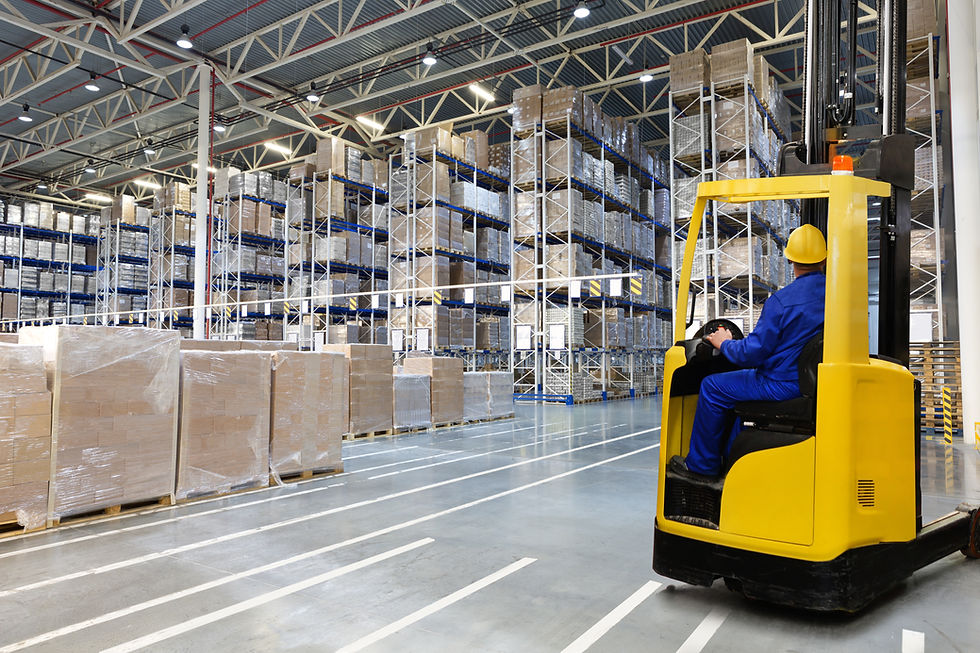Why Now Is the Time to Invest in Logistics and Automation
- John Stikes

- Apr 21
- 2 min read

In the ever-evolving global economy, one thing is clear: the logistics industry is becoming more critical than ever before. With rising tariffs, increased reshoring of manufacturing, and ongoing labor challenges, companies across the U.S. are reevaluating their operations—and that includes how they move, replenish, and ship their goods.
Whether you're a manufacturer, a distributor, or a retailer, now is the time to invest in logistics infrastructure and automation. Here’s why.
---
The Manufacturing Landscape Is Shifting
As more companies move production closer to home to reduce tariff exposure and increase resilience, the entire supply chain gets a shakeup. With reshoring on the rise, U.S.-based manufacturing is experiencing a renaissance—but it’s one that comes with new challenges:
- Shorter lead times
- Increased expectations for speed and accuracy
- Labor shortages across supply chain roles
- Rising costs for domestic labor and materials
These shifts aren’t temporary—they’re defining the next generation of manufacturing and distribution in the U.S.
---
Why Logistics Is More Important Than Ever
When manufacturing comes back home, the pressure moves downstream to logistics and distribution operations. Companies must now think critically about:
- How fast they can get raw materials from dock to production line
- How reliably they can move finished goods into staging or shipping
- How efficiently they can manage internal flows and replenishment
This is where automation becomes a competitive advantage.

---
Automation in Replenishment and Finished Goods Movement
One of the best places to start with warehouse and factory automation is in replenishment and finished goods handling. These are high-frequency, low-skill tasks that are essential to production uptime and shipping reliability—but they often rely on manual labor that’s expensive, inconsistent, and hard to scale.
With flexible automation—like mobile robots, conveyors, robotic arms, and smart storage solutions—manufacturers can:
- Streamline internal logistics
- Reduce downtime and waiting
- Free up human workers for skilled, value-added roles
- Respond faster to shifting production needs
Even better, many automation solutions cost less than the annual salary of a warehouse worker, and they can work multiple shifts for years without overtime, absenteeism, or burnout.
---
Why Now Is the Right Time
We’re at a rare intersection of technological maturity and economic necessity. The tools to automate internal logistics are here. The cost of inaction is rising. And the need to future-proof operations has never been greater.
For small and mid-sized businesses, the key is to start small and build smart. Focus on the areas with the highest labor burden and fastest ROI—like replenishment and finished goods transport—and scale from there.
---
Approach Automation Can Help
At Approach Automation, we specialize in helping small and mid-market manufacturers modernize their operations without overhauling their entire facility. From evaluating workflows to integrating flexible automation technologies, we’re your partner in building the next generation of internal logistics.
Whether you’re just starting your automation journey or scaling up to meet new demand, we’ll help you do it with confidence, efficiency, and flexibility.
---
Ready to get ahead of the change? Let’s talk about how to bring automation into your logistics operations—before your competition does.



